Text
Personal space 1 minute video: https://drive.google.com/file/d/1OA9rjA072JiKCPzQqWZMKb0LKN87YxmY/view?usp=drivesdk
0 notes
Photo









This is the making process of the model of The Zen Pod. I used a foam sphere as the mould and the body of the Pod is made from plaster. I also beveled the edge of the seating part like the second version and added a hollow space in the middle, creating the option to let the users put their feet down.
0 notes
Photo




This is the third and final verison of The Zen Pod. I changed the fixed dome into this foldable/retractable droptop. The user can deside wether they want privacy or sun. The fabric is semi see through, it brings privacy and air flow at the same time. When they feel like getting some sunshine, they can pull the cover all the way back and expose themsleves in sunlight.
0 notes
Photo




This is the second version of The Zen Pod. Similar to the elder version, the Zen Pod has a round dome and the sphere shape makes it calming. The improvement is on the edge of the entrance. The cut out shape is more unified the chamfer makes it more comfortable and easy to get in. Representing a warm welcome to the user.
0 notes
Photo
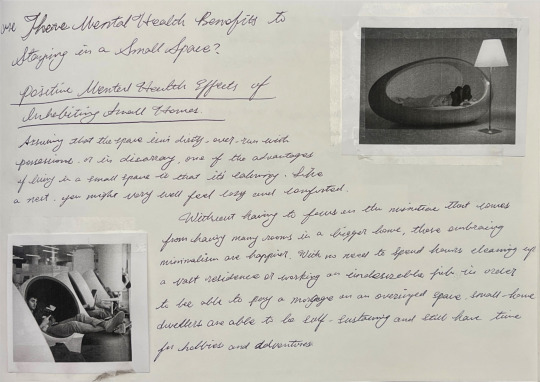





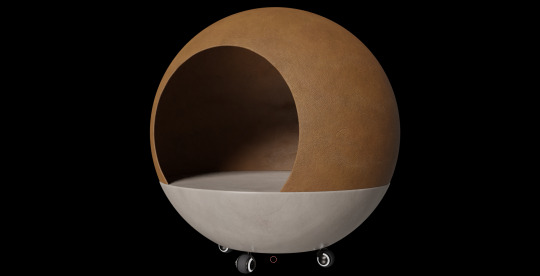



This is an idea of designing a piece of public furniture. I call this The Zen Pod. The principle of this is that we all need a space to calm ourselves and have a confined safe space. This can be put in a park and once you get in, you can enjoy a private and undistorbed space even in public.
0 notes
Photo






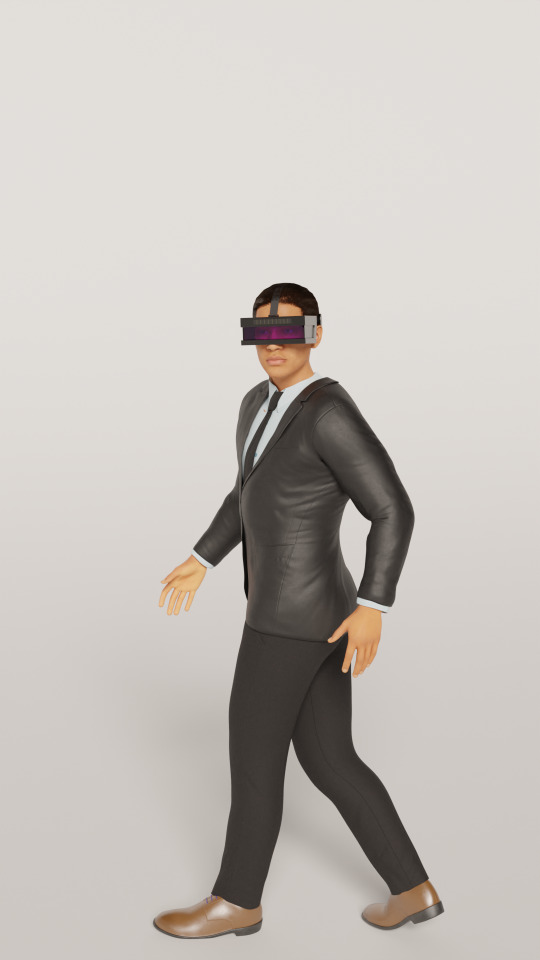

This is the final version of the privacy visor. This version uses liquid crystal glass and a solar panel above it. The physical properties of liquid crystal make the alignment of it molecules shift and stop most of the light from passing through when a current is sent from the solar panel to the glass. This design make the process of hiding one’s face automatic and takes out the element of smoking as a lot of people do not smoke or vape. Also, the adjustable head strap in the back has a wide range to fit whoever that wants to wear this visor.
0 notes
Photo
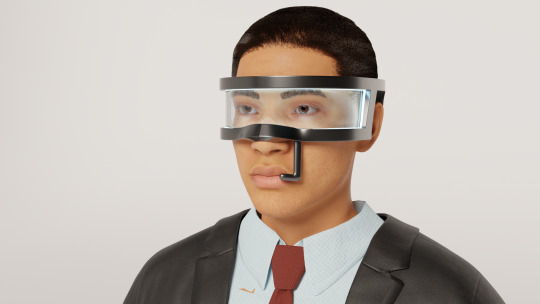





This is version two of the privacy visor series. This version cuts off the bottom half of the mask and turn it into a visor. The tube for blowing smoke is now exposed to the air and the user no longer needs to take the mask off to smoke. This verision also adds a smart chip in the back which can signal the user has noticed a camera in sight and warns the others.
0 notes
Photo

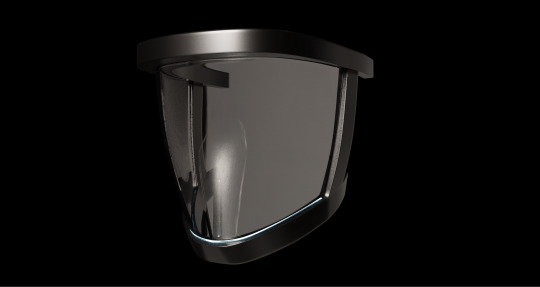


As some people do not like being monitored or surveiled by others, I design the smoke screen mask. The user can blow vape smoke into the tube that is attached at the bottom of the mask making the smoke trapped inside two sheets of glass thus creating a smke mask. This version of mask is flawed as it covers the whole face and making it almost impossible to smoke a vape and blow into the tube without take the mask off which defeats the purpose of conciling one’s face.
0 notes
Photo


The Most Surveilled Cities in the World
by
Katharina Buchholz,
Aug 23, 2021
According to a study by research website Comparitech, the majority of the world's most surveilled cities are located in China. The country has been making headlines for its generous use of surveillance technology and is featured heavily throughout the whole ranking that looked at the 150 most populous cities worldwide, excluding those for which insufficient data was available. However, India's showing among the Chinese-dominated top 20 is getting stronger, with Indore making an entrance in rank 4, while Hyderabad moved up from rank 16 in 2020 to rank 12 and Delhi entered in rank 16 in 2021.
The Chinese city of Taiyuan, located in the Shanxi province roughly 300 miles Southwest of Beijing, tops the list with 117 public CCTV cameras per 1,000 inhabitants. The highest-ranked non-Chinese city is London, also notorious for its strict surveillance of public spaces, with 73 cameras per 1,000 people in rank 3. With seven and almost nine cameras per 1,000 inhabitants, New York City and Los Angeles were the only two U.S. cities in the analysis.
CCTV technology is controversial in many places around the world, with proponents touting its benefits for fighting crime and opponents cautious about surveillance’s potential to be used as a tool of public control and to violate privacy rights. The makers of the survey said that they found little correlation between lower crime rates or a heightened feeling of security and surveillance in the cities surveyed.
0 notes
Photo






This week is the final week of all three projects. I have finalized my design for “pass the salt” project, which is a straw that has a small lid near the top. The idea is that when you want to add a salty taste to your drink, you can use this straw and lick the salt that’s put in the small lid. The lid is designed so it has a 60 degree angle, which can provide a cover for the action of licking and also help the salt slide down the slope. another detail of the lid is that by making it at an angle, the center of mass is always at the front which makes it always facing the user.
0 notes
Photo



here are the test pieces that I did. I knew ceramics with shrink after firing but I did not know it would shirnk this much. I need to take this into consideration when making the actual straw. Research says that it would shrink 10% each time it gets fired, so I should make it 20% larger from the beginning.
0 notes
Photo





The last project is about ceramic and the topic is called “pass the salt”. In this rotation, we are making a salt cellar. My initial idea is to make a plate that you can dip the rim of a cocktail glass into, to make margarita or other drinks that go well with salt. But after some research, I realized that is already a thing and my idea is not the first.So I decided to take a different approach which is to make straw that can add salty taste to any drinks. But that is hard to achieve because salt dissolve really quickly into liquid and that would make the drink too salty. I need to find a way to limit the amount of salt that can go into one sip with putting too much effort into adding a specific amount each time. The photos above are just things that I made in the first and second induction, just for practice.
0 notes
Photo




The edges of the blades/discs too a while to file. I also made the two smallest blades connecting to the base. Making them from one piece of metal will make the process much easier and cleaner (bending rather than wielding), at the mean time making the entire object more sterdy.
0 notes
Photo



Because of the tools we are provided, making the stem/handle completely out of metal sheets is hard, I decided to make it out of wood and put some metal patches on it. This will also add a lot more charater to the pizza cutter making it more rigid and aggressive, creating almost a nomad look.
0 notes
Photo

my idea for the metal project. The poster explains the concept which is a mushroom-shaped pizza cutter. The stem parts needs to be more aggressive and I am currently working on the design.
0 notes